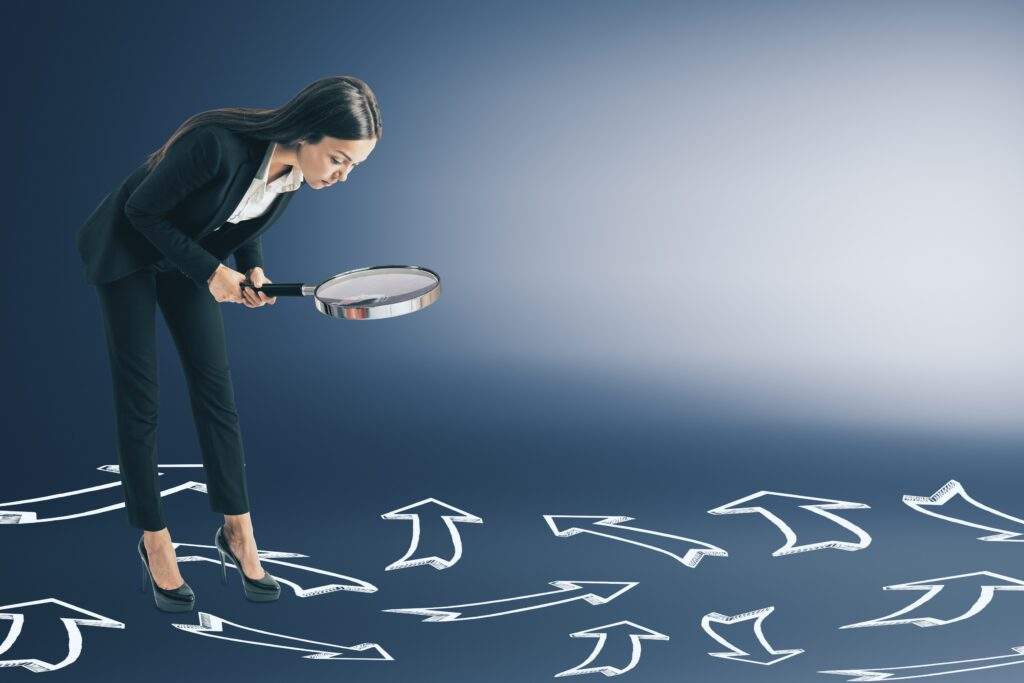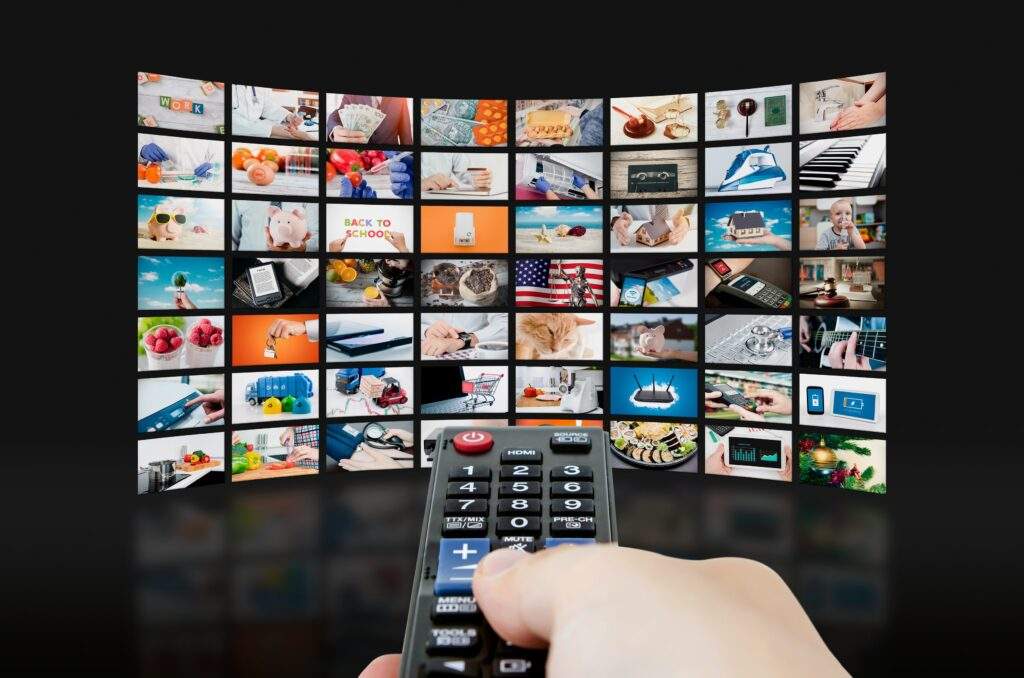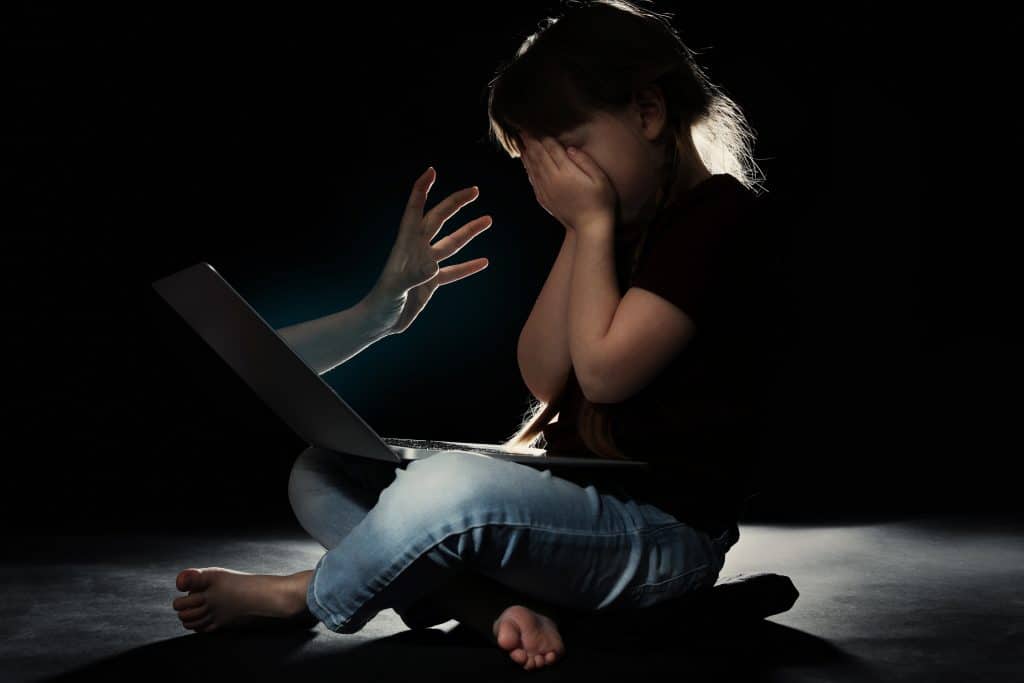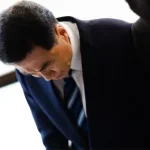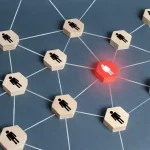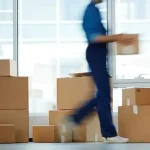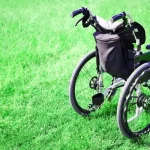When Does Your Channel or Account Get Suspended on YouTube? Explaining the Guidelines
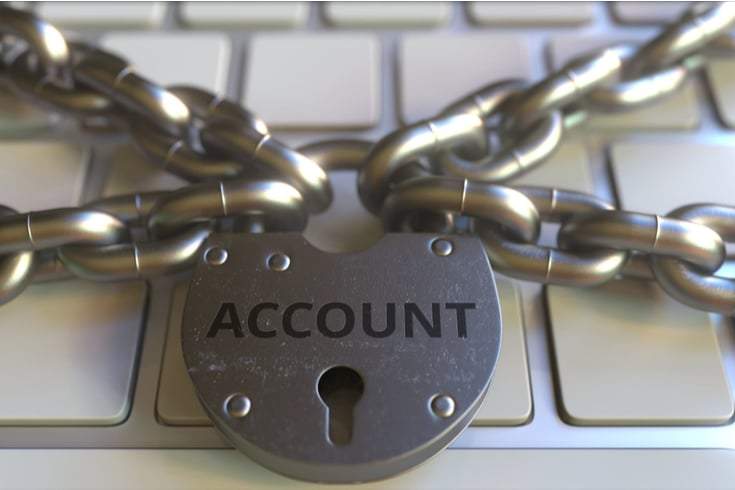
For YouTubers and VTubers who earn revenue on YouTube, having their channel or account suspended on YouTube can result in significant damage, and therefore, must be avoided at all costs. To do this, it is necessary to have a good understanding of the rules on YouTube.
In this article, we will explain, in accordance with the guidelines, the circumstances under which a channel or account may be suspended on YouTube.
Two Reasons Why Your YouTube Channel or Account May Be Suspended
There are instances where your YouTube channel or account may be suspended. Users who have been suspended may also be prohibited from using, owning, or creating other channels or accounts. When a channel is suspended, an email explaining the reason for the suspension is sent to the user.
According to the “Suspension of a channel or account” section in the YouTube Help’s “Application of Community Guidelines”, there are primarily two reasons why a channel or account may be suspended:
- Violation of the Community Guidelines or Terms of Service
- Copyright infringement claims
Suspension of Channel/Account Due to Guideline Violations
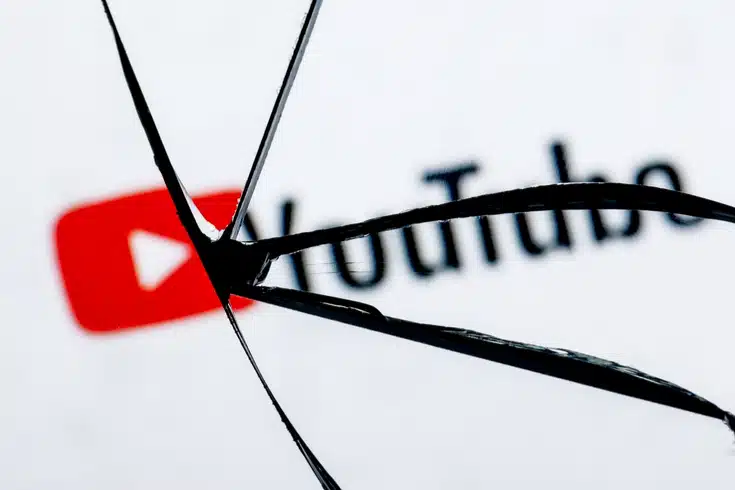
One of the reasons for the suspension of a channel or account due to violations of community guidelines or terms of use is “repeated violations in various contents”. For example, repeatedly posting aggressive, discriminatory, or defamatory videos or comments can lead to the suspension of your channel or account.
The content prohibited by YouTube’s Community Guidelines can be broadly divided into the following five categories:
- Spam and deceptive practices
- Sensitive content
- Violent or dangerous content
- Regulated goods
- Misinformation
If you repeatedly violate these community guidelines or terms of use, your channel or account may be suspended.
However, the following are also listed as reasons for suspension:
- Engaging in malicious harassment (exploitation, spamming, posting pornography, etc.) even once
- Being a channel or account that primarily engages in policy-violating behavior (hate speech, harassment, impersonation, etc.)
In other words, if the violation is deemed serious or if there are many reports, there is a possibility of suspension even for a single instance.
What is Prohibited Content on YouTube?
Firstly, “Spam and Deceptive Practices” refers to the security term “spam”, which means “nuisance”. On YouTube, content intended to mislead other users, commit fraud, spam, or engage in illegal activities is prohibited.
Specifically, this includes:
- False engagement
- Impersonation
- External links
- Spam, deceptive practices, fraud
- Playlists
- Others
Secondly, “Sensitive Content” is emphasized due to the high number of minors among viewers and creators. On YouTube, content related to nudity, sexual content, and self-harm is prohibited.
Specifically, this includes:
- Child safety
- Thumbnails
- Nudity and sexual content
- Self-harm and suicide
- Vulgar expressions
Thirdly, “Violent or Dangerous Content” is prohibited on YouTube. This includes malicious expressions, exploitative behavior, violent depictions, malicious attacks, and content that promotes harmful and dangerous behavior.
Specifically, this includes:
- Harassment and cyberbullying
- Harmful and dangerous content
- Hate speech
- Violent criminal organizations
- Graphic and violent content
Fourthly, “Regulated Goods” are partially prohibited from being sold on YouTube.
Specifically, this includes:
- Firearms
- Selling illegal or regulated goods and services
Fifthly, “Misinformation” is prohibited on YouTube. This includes certain types of misleading or false content that could potentially cause serious harm. This has become a focus due to the spread of fake news following the U.S. presidential election and the outbreak of COVID-19. It includes “certain types of misinformation that could potentially cause harm in the real world (promotion of harmful treatments, technically manipulated content, content that disrupts democratic processes, etc.).”
Specifically, this includes:
- Misinformation
- Misinformation about elections
- Medically false information about COVID-19 (novel coronavirus infection)
What should you do if you receive a violation warning from YouTube?
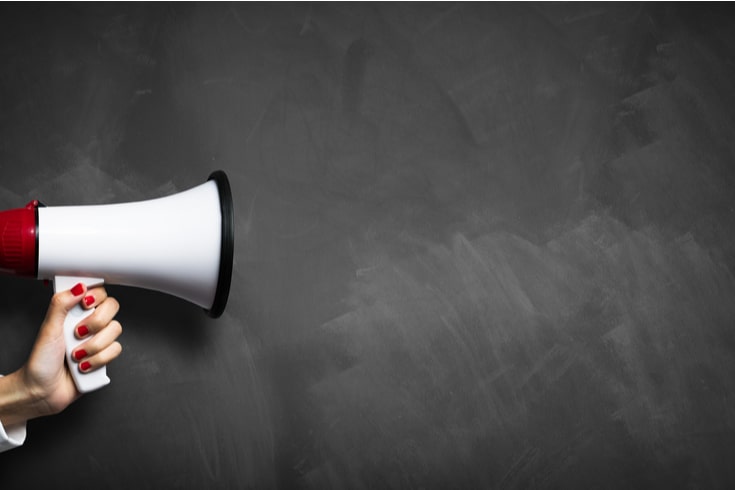
If your content is deemed to violate the community guidelines, your channel will receive a violation warning. Even if a user unintentionally or unknowingly violates the policy, a preliminary warning is usually issued for the first violation. However, a preliminary warning is only issued once, and this warning remains on your channel. Following this, a violation warning will be issued for the next community guideline violation.
The process from this preliminary warning to the suspension of the channel is as follows:
If you violate again after receiving a preliminary warning, the first violation warning will be issued. Upon receiving this warning, you will not be able to do the following for one week:
- Upload videos, live streams, or stories
- Start a scheduled live stream
- Set a video publication schedule
- Set a premiere
- Add trailers for upcoming premieres or live streams
- Create custom thumbnails or community posts
- Create, edit, or add co-editors to playlists
- Use the [Save] button on the video playback page to add or remove playlists
During this penalty period, scheduled public content will be set to ‘private’, so you will need to reschedule it after the penalty period ends.
All function restrictions will be automatically lifted after one week, but the violation warning will remain on the channel for 90 days.
If you receive a second violation warning within 90 days of the first violation warning, you will not be able to post the relevant content for two weeks. If there are no further issues, all functions will automatically recover after two weeks. The second violation warning will also remain on the channel for 90 days after issuance.
If you receive a third violation warning within 90 days of the second violation warning, your channel will be permanently deleted from YouTube.
It is important to be aware of this process from the preliminary warning to channel suspension, as repeating violations without knowing this could result in the loss of your channel. If you believe there has been an error on YouTube’s part, you can request a review.
Four Patterns of YouTube Account Suspension
There are four main patterns of YouTube account suspension. The further down the list, the more severe the measure.
- Temporary suspension of your YouTube account
- Inability to monetize on YouTube (though login is possible)
- Suspension or deletion of your YouTube account, making login impossible (creation of a new account also becomes impossible)
- Suspension of your AdSense account as well
In the first case, “Temporary Suspension of Account,” there are measures such as a “30-day suspension.” In this case, the suspension will be automatically lifted after the specified period. However, if violations of guidelines occur during this suspension period, it may take longer to lift the suspension.
The second case, “Inability to Monetize,” allows you to log into your YouTube account, but you will not be able to monetize your videos. It may be that only certain channels cannot be monetized, or all channels you own may not be able to be monetized. However, if you can log into the AdSense management screen, you can still monetize your website, as the inability to monetize only applies to YouTube.
In the third case, “Account Suspension/Deletion and Inability to Login,” your YouTube account is completely suspended, and you will no longer be able to log into YouTube. When an account is suspended, as stated on the help page, “Users whose YouTube accounts have been suspended are prohibited from accessing that account and from owning or creating other YouTube accounts.”
The fourth case, “Suspension of AdSense Account as Well,” could be considered the most severe measure for those who are monetizing. In this case, not only your YouTube account but also your AdSense account will be suspended. Once this happens, you will not be able to monetize your blog or other websites.
Also, regarding AdSense, if it is determined that there has been fraudulent activity, such as clicking on ads by yourself or someone close to you, your AdSense account may be suspended. Once your AdSense account is suspended, you will not be able to create an AdSense account thereafter.
Suspension of Channel/Account due to Copyright Infringement
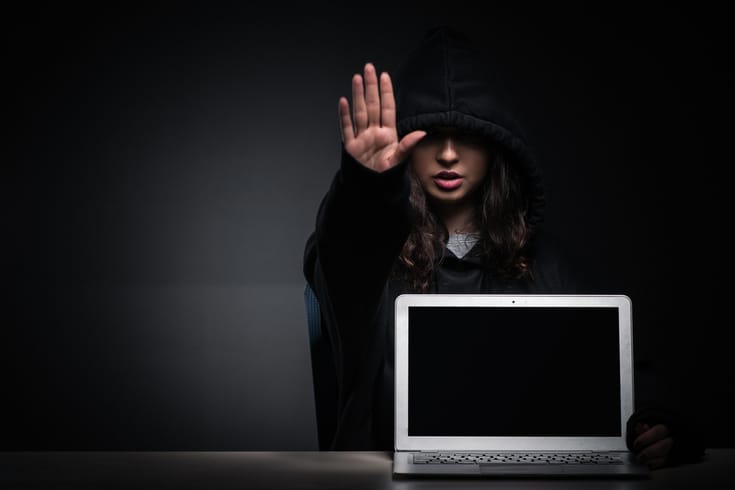
On YouTube, the following are subject to copyright:
- Audiovisual works (TV shows, movies, online videos, etc.)
- Sound recordings and music
- Written works (lecture notes, articles, books, sheet music, etc.)
- Visual works (paintings, posters, advertisements, etc.)
- Video games, computer software
- Dramatic works (plays, musicals, etc.)
If a claim of copyright infringement is made regarding these, the channel will be suspended. On YouTube, there are three ways to make a claim of copyright infringement:
- Claims through ContentID
- Reports from third parties
- “Notice of removal due to copyright infringement” from the copyright holder
If you believe the content of the copyright infringement claim is incorrect, you can file an objection with YouTube. This procedure can be done even if the channel is suspended, but you cannot access the objection notification form. In that case, you will need to submit a free-form objection notification, and legal proceedings will begin once you submit the objection notification.
Claims through ContentID
Content ID is a copyright management system built by YouTube, which creates a database from registered content and identifies and manages target content by comparing it with all content posted on YouTube. Therefore, a claim through Content ID is not exactly a claim based on copyright infringement, but merely a notification that there is a part of the target content that matches the registered content. However, a claim through Content ID is a serious issue for the target content as it affects the revenue related to the content.
Content ID can automatically detect target content and generate claims, or you can manually create claims. In either case, the person whose copyright has been infringed can choose the following measures against the target content when making a claim:
- Block the video (stop viewing)
- Monetize the video (place ads to generate revenue, and also request revenue distribution)
- Track the video (track statistical information about playback)
Notice of Removal from Copyright Holder
If a copyright holder finds that their copyrighted content has been posted on YouTube without permission, they can send a “Notice of removal due to copyright infringement”. This is a notice requesting the removal of content from YouTube due to a claim of copyright infringement.
In the case of a copyright infringement warning, it is treated as a preliminary warning if it is the first time. If you receive multiple warnings, your channel may be suspended and it may affect monetization, so caution is necessary.
Also, if an active live stream is removed due to copyright infringement, the use of live streaming will be restricted for 7 days.
If you receive three copyright infringement warnings, all channels associated with the account will be suspended and all videos uploaded to the account will be deleted. In this case, you will not be able to create a new channel.
If you are participating in the YouTube Partner Program, a 7-day grace period applies. After receiving three copyright infringement warnings, an additional 7-day grace period is given before the channel is disabled, but you cannot upload new videos during this period. Since the channel remains public, you can access it to check how to remove the violation warning.
If you submit an objection notification, your channel will not be suspended until the objection notification is resolved. If the objection is resolved in a way that it is accepted, or if the claim of copyright infringement is withdrawn, there will be no impact on the channel.
Summary: Consult a Lawyer for a Suspended YouTube Account Legal Checks
On YouTube, there are many videos that seem to violate the community guidelines. However, this does not mean that you can also violate them, and you must always be cautious.
There are many cases where accounts have been suspended without warning. It is necessary to constantly check whether the videos you post do not violate the terms and community guidelines, or infringe on the copyrights of music or images.
Introduction to Our Firm’s Measures
Monolith Law Office is a legal office with high expertise in both IT, particularly the internet, and law. In recent years, we have been handling many advisory cases for YouTubers and VTubers, who are becoming popular online. The need for legal checks in channel management and contract-related matters is increasing. At our firm, lawyers with specialized knowledge are taking measures.
Category: Internet


